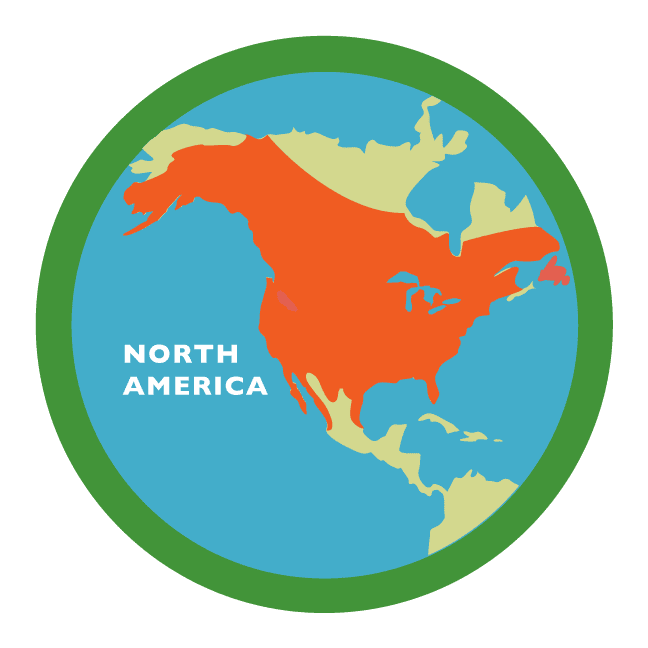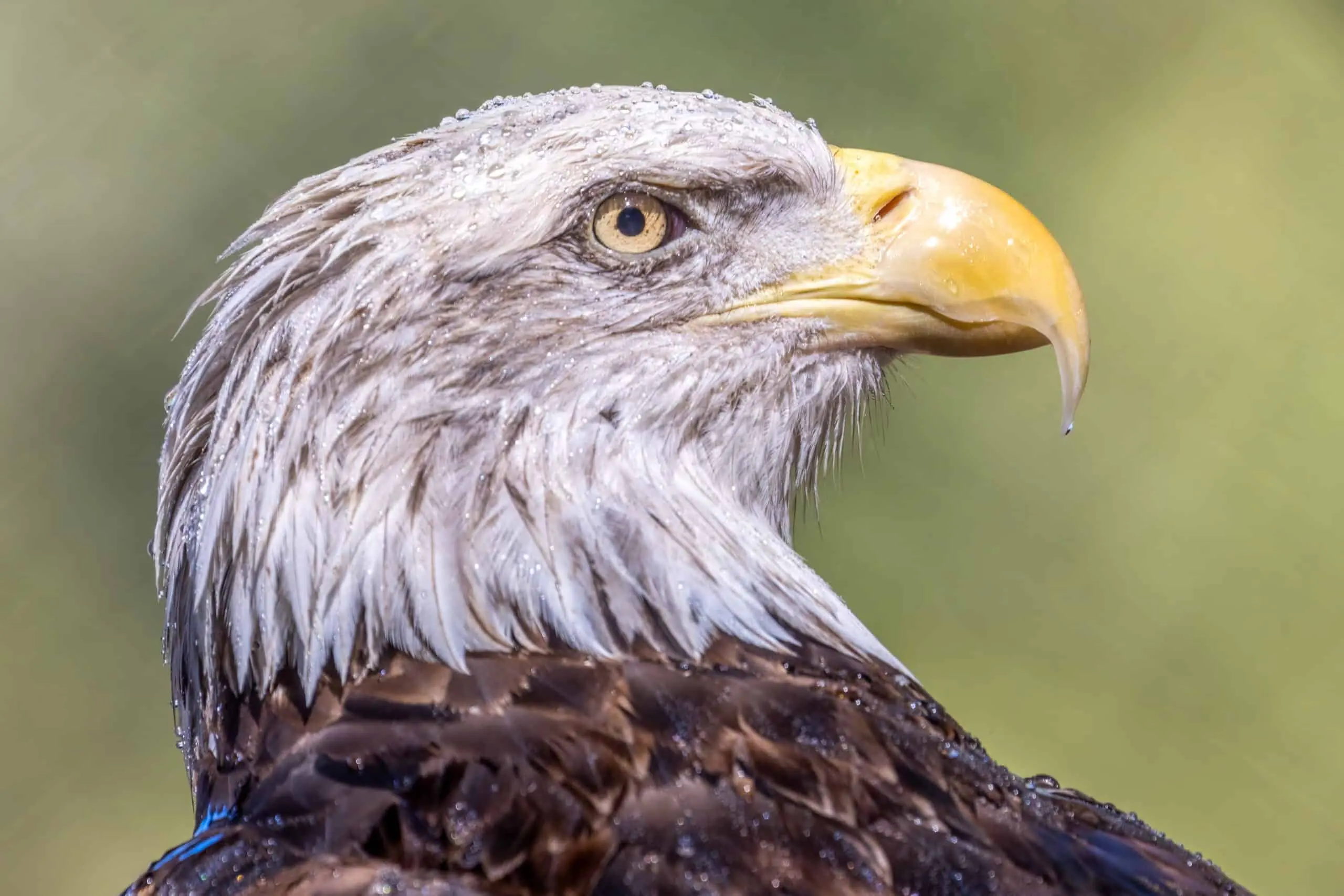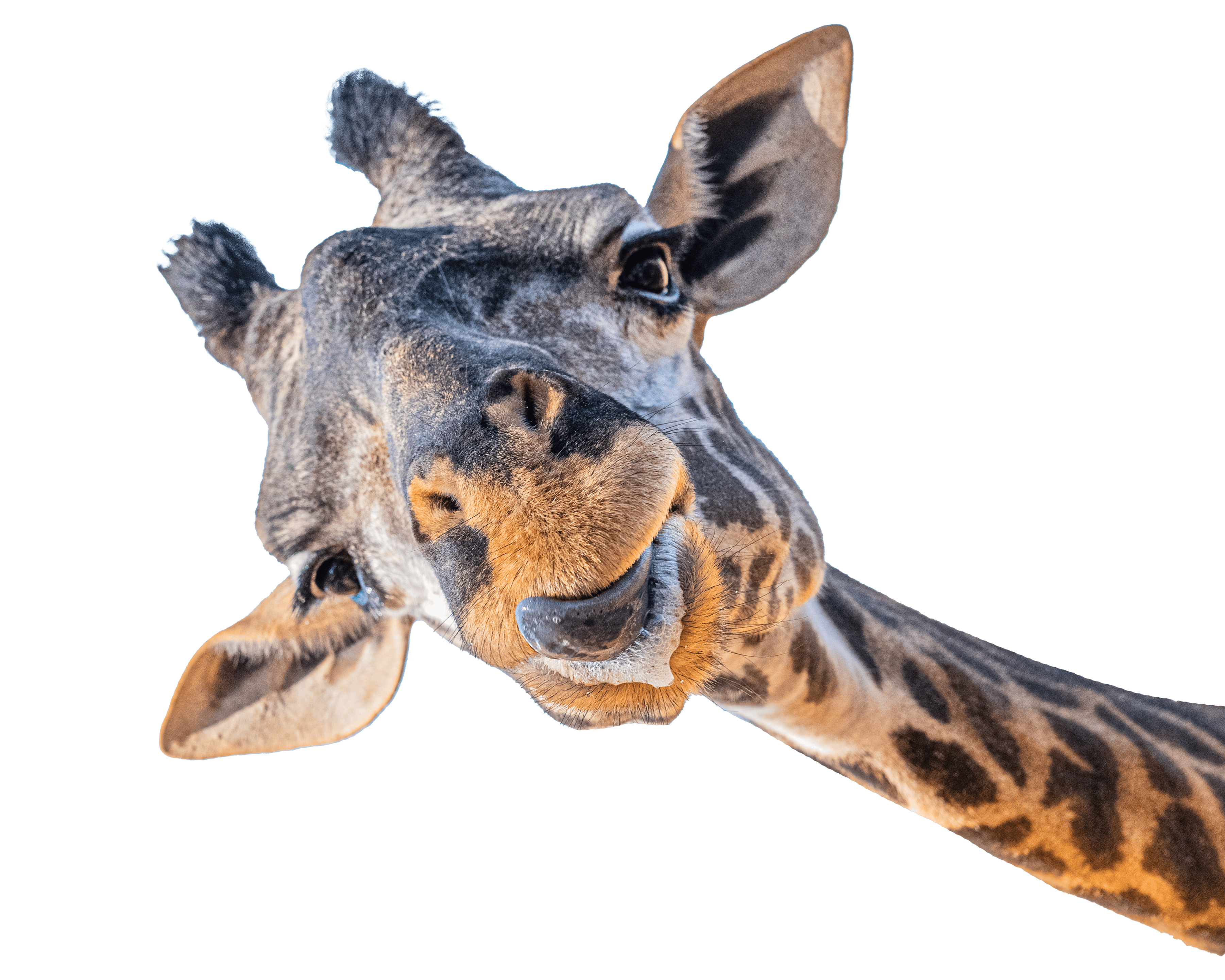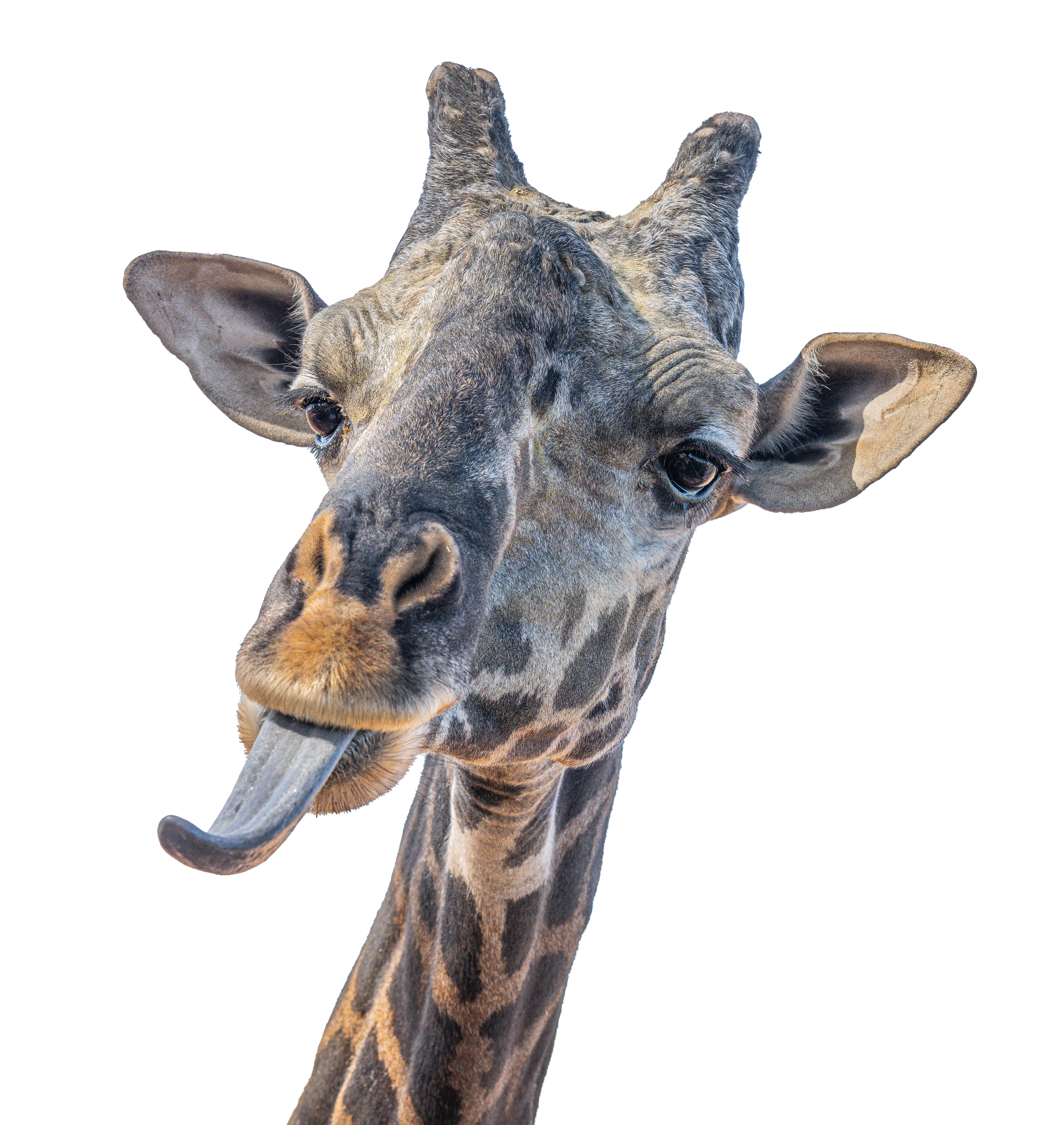Bald Eagle
Haliaeetus leucocephalus
I’m Not Bald
Haliaeetus leucocephalus, the scientific name for bald eagles, means “white-headed sea eagle.” Found only in North America, bald eagles were a never-before-seen species to early colonists. When the new arrivals saw the birds’ white-feathered heads, they called them by the old English word balde, which meant shining white, not hairless. Bald eagles develop their white heads and tail feathers gradually, reaching their definitive plumage at about five years of age. For the first year or so, the all-brown juveniles can be mistaken for golden eagles.
I’m a Majestic Raptor
Bald eagles are raptors, a word that translates roughly from the Latin for “one who seizes.” It is an informal term that typically refers to medium or large predatory birds with hooked bills, sharp talons and keen eyesight. Some will eat carrion as well as live prey. Among North American raptors, bald eagles are smaller only than California condors and about the same size as golden eagles. Males are roughly two-thirds the size of females.
Long, wide wings, sometimes spanning well over seven feet, enable eagles to soar at altitudes of over 10,000 feet while using little energy. The phrase “eagle eyes” is a fitting description. Bald eagles have full-color vision and can see 4-5 times better than humans, spying prey up to two miles away. Their vision stays continuously in focus when flying and even when diving at speeds up to 100 m.p.h. A bald eagle nest, called an eyrie, is a large platform of sticks atop a tall tree or high rock. Paired birds will return to the nest year after year, adding twigs and branches and continually increasing their size. The largest recorded eyrie was 9 by 20 feet and weighed about two tons, although most eyries are half that size.
But I Can Be a Thief
With their powerful wings and talons, bald eagles are excellent hunters. Sitting at the top of the food chain, they have no natural predators once they reach adulthood. But they are also opportunists and have no qualms about scavenging the successful hunts of other animals. They’ll even steal prey from the talons of ospreys or other fish-hunting birds – sometimes while flying!

Diet: fish, carrion, birds, mammals, amphibians, reptiles, crustaceans
Zoo Diet: bones, rats, trout, formulated meat
Habitat: forests near bodies of water
Weight: 7 – 15 lbs

Plan your visit today!
The Phoenix Zoo is one of the largest non-profit zoos in the U.S., caring for over 3,000 animals, with nearly 400 species represented, including many threatened/endangered species.

Plan your visit today!
The Phoenix Zoo is one of the largest non-profit zoos in the U.S., caring for over 3,000 animals, with nearly 400 species represented, including many threatened/endangered species.








